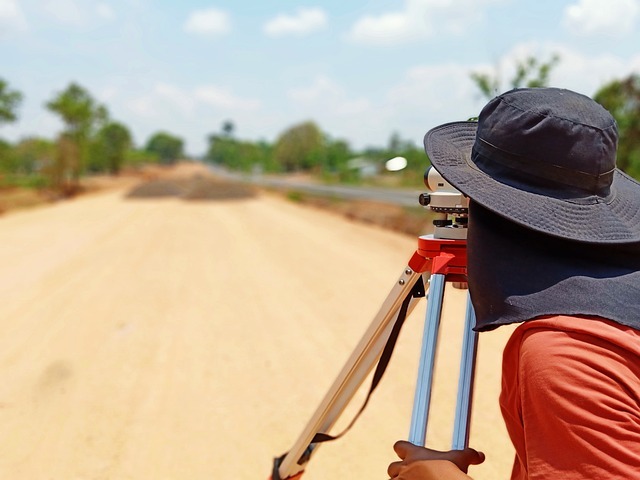Mankind certainly knows how to build. No one will dispute that fact. However, what’s amazing is that if you look back in time, what you will find is some amazingly accurate precision that seems almost impossible in such a context. The pyramids’ angles, built more than 10,000 years ago, are incredibly precise, with joints fit so seamlessly that light cannot even get through. In areas like ancient Greece, Rome and China, their construction projects also still stand the test of time, and modern architects marvel at that level of human achievement, especially considering the fact that our ancestors did not have today’s modern equipment. What they had was time, patience, and a lot of skill.
Today’s projects are a lot bigger and bolder, though that’s because we have tools for the job that really help us achieve this level of building success. Any large-scale project, from roads and bridges to large buildings and stadiums, requires surveying equipment to help get the job done. There are quite a few different tools of this particular trade, with some of the equipment linking up directly to GPS satellites and being able to give accurate measurements for areas of many square miles. Let’s go through what this equipment is actually used for.
The Use of Survey Equipment
Surveying instruments used today initially help to calculate the layout of a landscape. Say that a shopping complex is being built. There’s the initial land that will be used and the area of the building. Though it goes well beyond that. One must also factor in the parking lot and the access roads in and out. This ends up requiring a lot of land and thus a lot of measurements that need to be incredibly precise. Calculating the angles and distances between points, as well as finding the level for every single step of the project, is just a small portion of what surveying entails.
Overall, surveying is basically creating a very detailed map that is working in three dimensions, so to speak, dealing with distance and topography and any other unit of measurement that is important to the project. Today’s sophisticated equipment certainly comes in handy with these jobs.
Benefits of Using Survey Equipment
Now that we have spoken some about what surveying equipment is used for, let’s speak about some of the benefits that can be gained by using the right type of reliable equipment.
Very Accurate Readings
The first big benefit is that the measurements and readings are extremely accurate. We’re talking about laser-like precision here, nailing the measurements within fractions of millimetres from great distances. This sort of accuracy took the ancients years to achieve.
A Much Faster Process
Speaking of those years to achieve, that brings us right into the next benefit, which is speed. The right surveying instruments are also very beneficial because they’re so expedient. In the hands of skilled operators, miles and miles of land can be surveyed in only a few short hours, which is definitely a benefit to companies who need to save time on this task to get the projects underway.
Safety for the Crew
You also have to factor safety into the equation. It’s not as if any project built is going to start over level, soft land in fields of grass and soft dirt. Most of these projects are dealing with rocky terrain that can have streams, forests, cliffs, and all sorts of stuff that can be dangerous for people as they explore and measure. Surveying instruments allow operators to set up away from the dangers.
Covering More Area
These instruments can also cover far more ground than you might realize. Modern equipment can measure accurately for many miles and even connect to GPS to achieve those accurate measurements. So no matter how large the project is, these instruments can be used efficiently to give very accurate readings of the landscape and to map out the project.
Surveying instruments are necessary tools of the trade for anyone in the realm of construction, and so it’s always a good idea to shop them from reputable companies offering quality equipment.

